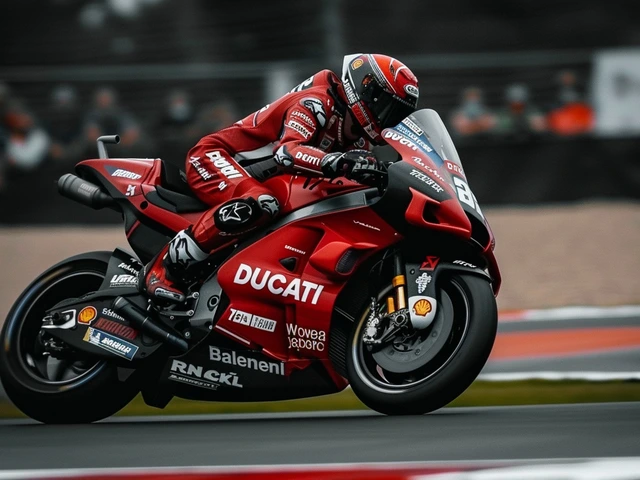WWE Retirement: How It Really Works and What Fans Should Expect
Retirement in WWE isn’t always what fans think. One day a wrestler says they’re done, the next they’re back on TV. Here I’ll explain real retirements, kayfabe retirements, what to watch for, and how these decisions affect storylines and careers.
First, know the difference between kayfabe and real life. Kayfabe retirements happen inside a storyline: a wrestler loses a match and leaves as part of the plot. Real-life retirement means the performer plans to stop wrestling, often for health, family, or a chance to pursue other work. Sometimes both overlap—someone might retire on screen while quietly negotiating a day-to-day role backstage.
Health is the main reason wrestlers retire. Repeated concussions, joint damage, and chronic pain push performers to step away. WWE has medical checks and a wellness policy, but many still retire because their bodies have limits. If a wrestler announces retirement and mentions injuries or long-term care, treat it as likely permanent.
Signs a Retirement Is Real
Watch for patterns. Multiple interviews about family and life after wrestling, farewell tours that avoid risky moves, and no plans for immediate TV appearances usually mean a real retirement. Social media tone changes too—more reflective posts and fewer hype clips. Pay attention to statements from other wrestlers or the company; mutual respect and quiet tributes hint at finality.
What Happens After Retirement
Retired wrestlers go many ways. Some join creative teams, coaching new talent or working backstage. Others move into TV, acting, podcasts, or business ventures. WWE Hall of Fame is common later on. A few choose independent appearances or return runs. Contracts, non-compete clauses, and health benefits shape those choices. If someone retires while under contract, they might still show up in limited roles.
Older stars often plan financially before retiring. Many invest in gyms, clothing lines, or media projects to replace income. Others mentor younger talent, shaping future stars. This planning affects how permanent a retirement is—those with solid business plans rarely return to the ring full time unless it's one-off.
Combacks are normal. A high-profile return can bring huge ratings and money. But not every comeback works—age, ring rust, and fan reaction matter. If the return feels forced or threatens a wrestler’s health, fans should be critical. The smart returns are those that add to a story and protect the performer physically.
As a fan, how should you react? Celebrate real retirements by focusing on the person’s achievements, not just the match. Support charities tied to wrestler health issues. For kayfabe retirements, enjoy the drama but know it may be temporary. Follow reliable sources—wrestler statements, reputable journalists, and official WWE channels—rather than rumors.
Bottom line: retirement in WWE is a mix of storytelling and reality. Learn the signs, respect the reasons, and expect a few surprises. Wrestlers give a lot to the craft; when they step away, it usually matters more than a storyline. Keep an eye on official announcements and treat sudden returns with cautious excitement.
John Cena Announces WWE Retirement: A New Chapter for the Wrestling Icon
By Sfiso Masuku On 8 Jul, 2024 Comments (15)
John Cena, the iconic professional wrestler, has announced his retirement from WWE. This announcement on July 7, 2024, marks the end of an era for Cena's fans and the wrestling community. Known for his charisma and in-ring prowess, Cena's departure has shocked the sports entertainment world. The reasons behind his retirement have yet to be revealed.
View More




